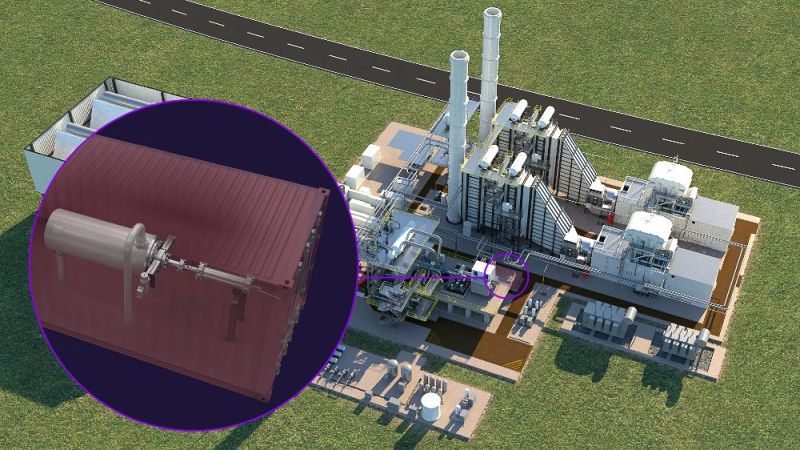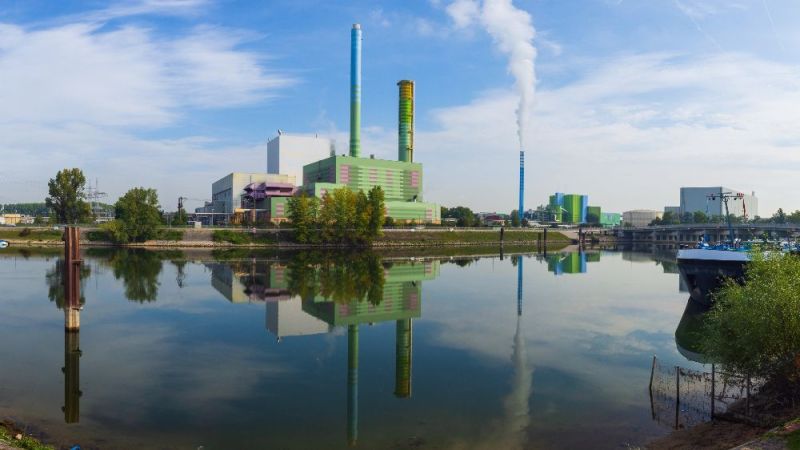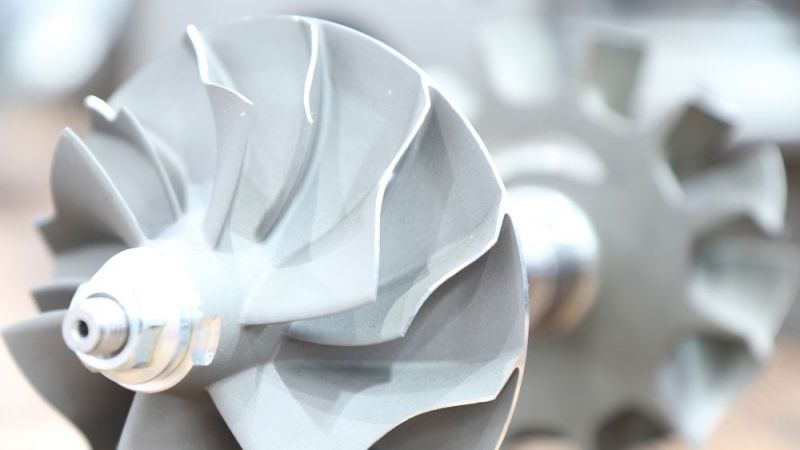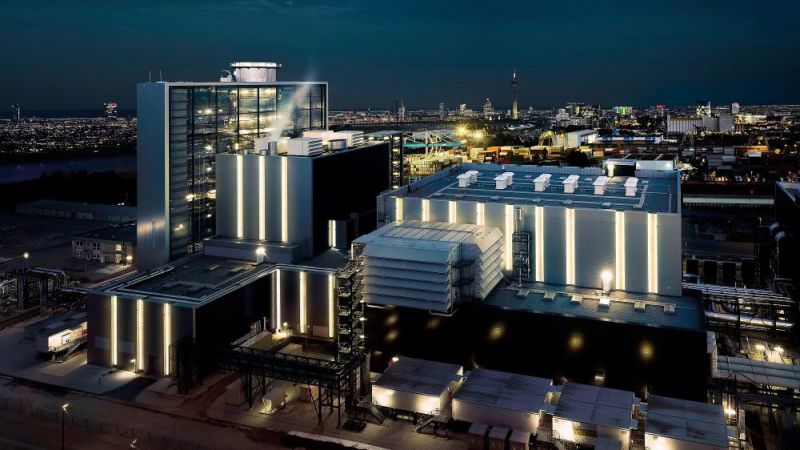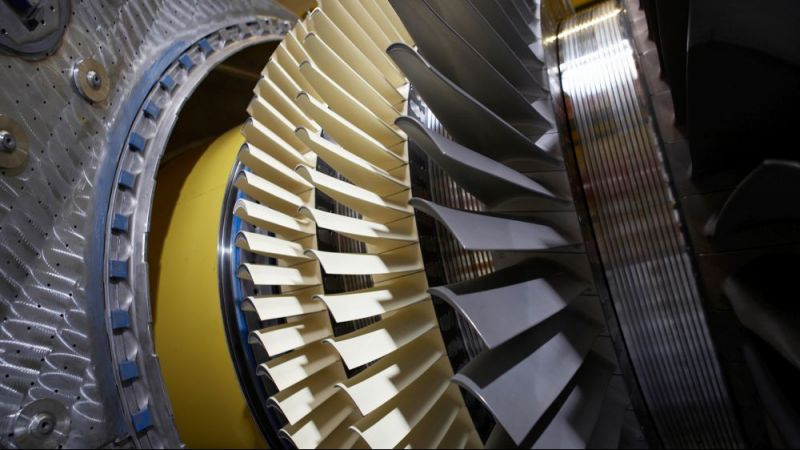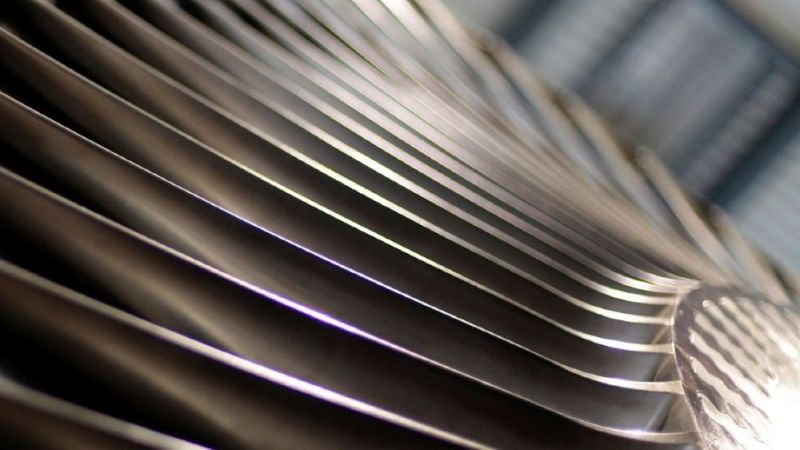Thermal power plants
New material for sustainable turbine construction
High-temperature-resistant alloys of iron and aluminium are to be used to produce lighter and more cost-effective components for turbines in the future.
Thermal power plants continue to play a significant role in the transformation of energy systems. They provide support when needed, when photovoltaic and wind energy plants supply less power due to weather conditions. This requires them to be able to be started up quickly and operated efficiently. The associated frequent starts and thermal changes stress the components. This is where the Pro-FeAl research project comes in. The team of scientists is developing methods to economically manufacture turbine components from iron aluminide alloys for new efficient power plants, and in this way improve the efficiency of the plants.
Iron aluminide alloys replace resource-critical elements such as nickel or chromium
Metals and their alloys form so-called metal lattices. In the more advanced iron aluminide alloy (FeAl), individual iron atoms are replaced by aluminium in the metal lattice. This reduces the weight of the turbine components compared to conventional steel alloys with nickel that the industry currently uses to build turbines. The turbine consumes less energy and can be operated more economically. Despite the lower weight, components made of FeAl can withstand just as much force as comparable components made of steel or nickel alloys up to around 700 degrees Celsius.
Iron and aluminium are among the metallic elements that occur most frequently in the Earth's crust. They are readily available and cost-efficient. The use of turbine components made of FeAl alloys supports the replacement of materials with high proportions of resource-critical elements, such as chromium, molybdenum, nickel. In addition, the material is easy to manufacture. The resistance to temperature, corrosion and erosion also meets the required standards.
Production of turbine components reviewed
The aim of the scientists in the Pro-FeAl project is to produce both large-volume castings and components for turbines from iron aluminide. As part of the Pro-FeAl project, they are investigating the potential of the newly developed Fe-Al alloys and are looking at the three manufacturing steps of casting, forging and additive manufacturing (AM) as well as their combinations. They check the results directly on the component. The casting route is characterised by the fact that the material is given the desired shape straight away. The forge route follows a different path. First, a so-called master mould is made. This is then machined to achieve the desired shape. Additive manufacturing starts with the alloy in powder form. This is melted by laser beam or electron beam. The component is then built up layer by layer - comparable to a 3D printer.
The researchers have gained new insights into production processes, material structures and component properties and their interrelationships. This allows them to support and accelerate the use of iron aluminide alloys for the construction of turbine components. (mm)



